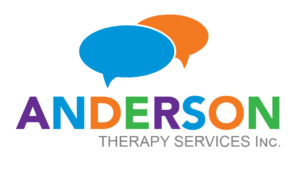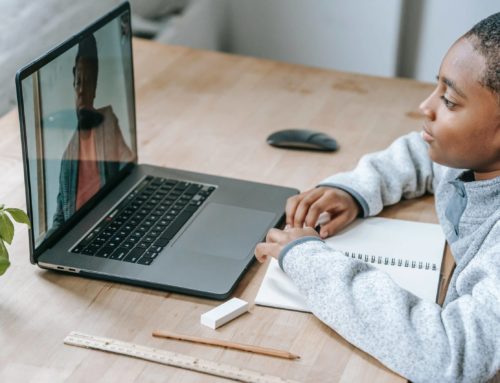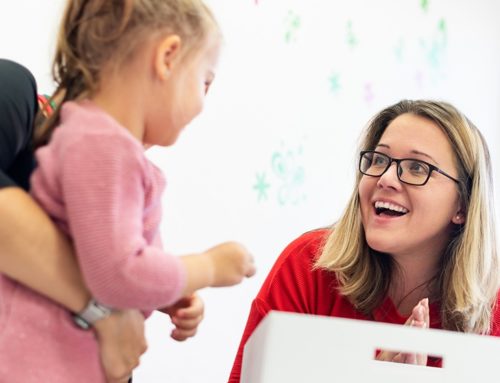Five Simple Toys for Speech and Language Development
You might be surprised how many of your child’s toys can be used to increase their speech and language development. Building speech and language skills can easily be incorporated into playtime. Though there are so many toys and activities you can use to support speech and language development, we’ve narrowed down 5 simple toys to build a child’s speech and language skills.
1) Bubbles
How to play: Bubbles are a great way to build up those early language and vocabulary skills. There are quite a few words that a child can use or be introduced to during this activity (pop, bubbles, more, big, little). Have your child ask for you to blow the bubbles before you do it to give them more opportunities to use language. Bubbles are also an excellent way to practice turn-taking and routines (1-2-3 pop!) which are important elements of conversation.
2) Dishes & Play Food
How to play: Both playset dishes and good old regular pots and pans work here! Use dishes to pretend-play and model language for your child (eat, drink, mix, yummy, lunch). Playing with dishes gives a great opportunity to build a child’s comprehension skills. Ask your child questions related to the activity or your pretend-play (Where is the cake?) or give your child directions to increase their receptive language development (Give Mommy the spoon. Put the bread on my plate.).
3) Stuffed Animals or Dolls
How to play: This may seem like a mundane choice, but using stuffed animals or dolls in pretend-play can incorporate the many ways humans use language to interact every day. It is even more important to model these interactions with your child. Use the toy to show social greetings (Hi bear! Goodnight, dolly!) or feelings (I’m tired. She is hungry.). Stuffed animals or dolls can be great vocabulary builders by introducing body parts, clothing items, and action words (sit, sleep, run). Children pick up on language through play, but especially when their play partner talks about the toy and what they are doing with the toy while they are doing it (I’m putting on my jacket. Dolly is running fast.).
4) Blocks
How to play: How fun is this for kids? Stack them up and knock them down! But don’t forget to say what you are doing when you do it! Introduce vocabulary words like colours, shapes, concepts (up, down, on, off). Blocks are a great cause and effect toy, which allows for more routine building and turn-taking skills.
5) Puzzles
How to play: Getting a little creative can really drive speech and language development during puzzle playtime. Puzzles are great for introducing new vocabulary or concepts (in, out), following directions, and turn-taking. A few ways to change it up: bring in a separate bucket or container to keep puzzle pieces in and have your child ask for the pieces. Have your child take the puzzle pieces out and place them in a container versus putting the pieces in. You can even pretend-play with the actual puzzle pieces themselves. Puzzles do not have a to be a one-size-fits-all approach when it comes to language!
Try to incorporate these simple toys and activities with your child to encourage their speech and language development!






